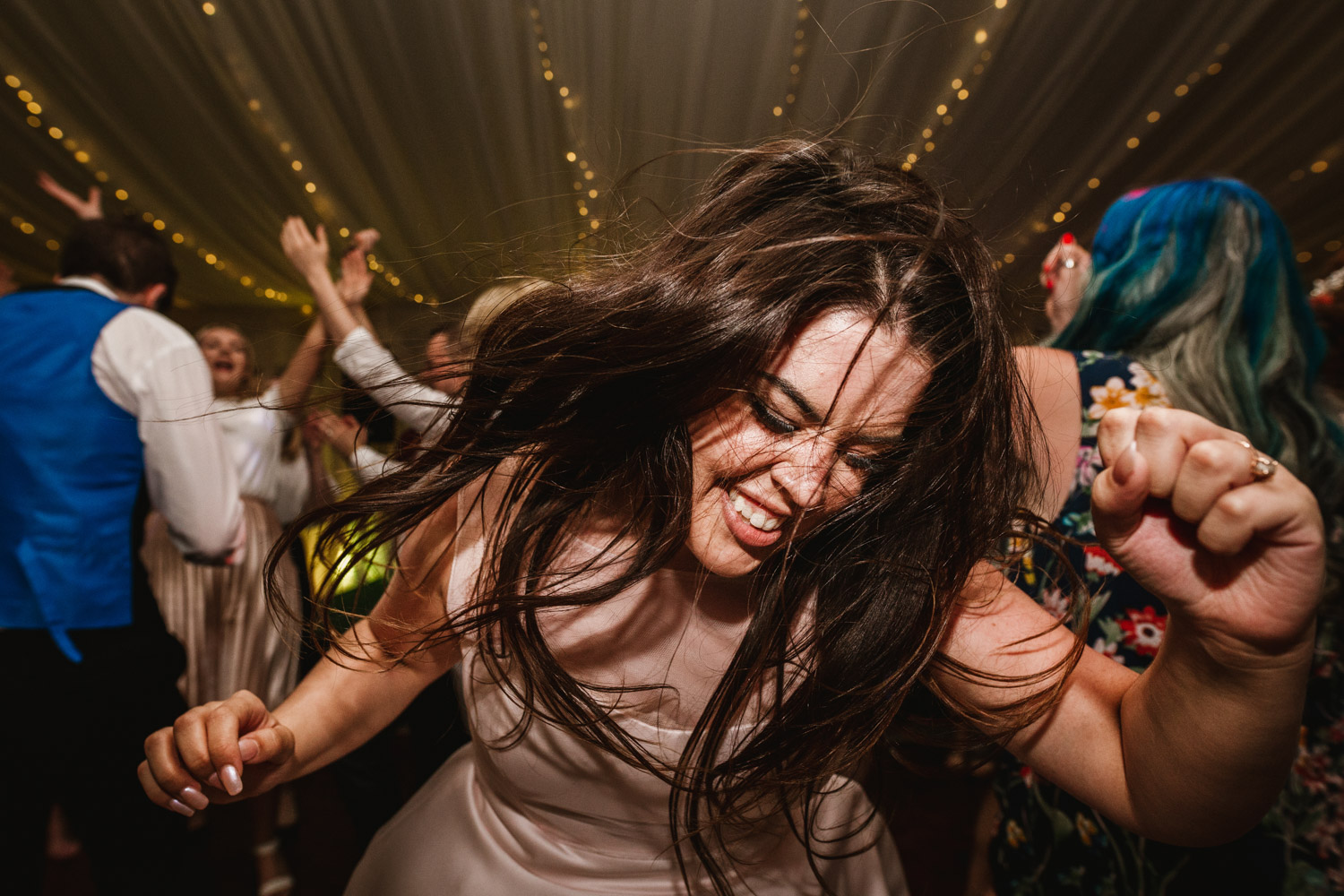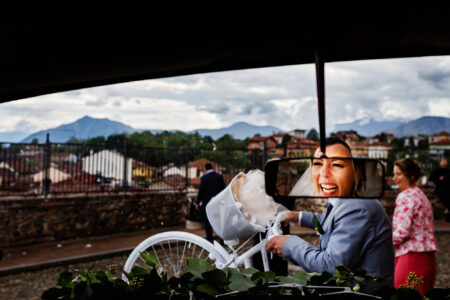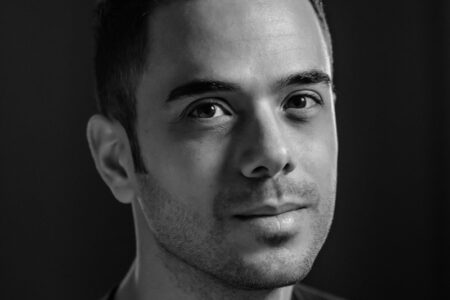Thank you to Emma and the team at Wex Rental for providing the Sigma Art 20 mm F1.4 DG HSM Lens for the purposes of this review.
Wex Rental have kindly provided an exclusive discount code for you guys so you can try out this splendid lens or any other gear that takes your fancy.
Go to the Wex Rental website and Enter code – WEXNEW2 for 20% off your first rental.

Technical STUFF:
Aperture range: f/1.4 – f/16
Focal length: 20mm
Weight: 950g
Dimensions: 3.6 inches x 5.1 inches
Available for: Canon, Nikon & Sigma cameras
Sigma Art 20mm F1.4
First things first, I wanted to stress that this isn’t just one of those reviews where the user has had the lens for a day or two, taken a few simple shots and then handed it back. I’ve personally road-tested this lens at over 20 weddings since I first discovered it in April 2017.
At the turn of each year it’s become a habit of mine to look back over the previous twelve months and identifying areas where I really wanted to improve my photography (as is customary with many photographers I’d imagine). I usually pick out two or three parts of the wedding day where I know I can do better and set myself some goals to improve.
About twelve months ago, I felt that my evening wedding reception shots were nothing special. I love to stay for a couple of hours after the traditional first dance and photograph the guests partying hard, and as fun as this was, I just wasn’t coming away with images that I was 100% satisfied with.
All that changed once I popped into my local Wex Rental and got to grips with this super-fun lens from Sigma.


Why go ultra-wide?
Undoubtably, my favourite feature of the Sigma 20mm lens is it’s ability to focus extremely close to the chosen subject. I discovered I could get super-close to my subjects, literally just a few inches away from their noses! (edit – I’ve just checked on the official Sigma website – the minimum focus distance is 10.9 inches for all you technical boffins out there).
Naturally, getting so close to your subject with a super-wide lens is always going to render some distortion. However, I’ve found this to be pleasing on the eye, particularly for dance floor shots (it gives great context in images of a wild party). I found the distortion actually adds to the scene and draws your subjects right into the frame – you really do feel as if you’re immersed in the action.
The lens is incredibly sharp with edge to edge sharpness throughout. All of the wedding images featured in this review were taken at between f/2 and f/5.6, and as you can see the scenes have been rendered beautifully with pleasing bokeh and punchy colours.


Get close, real close!
Robert Capa said “if your pictures aren’t good enough, you’re not close enough”, and this is definitely something I’ve found to be true when photographing the evening reception of a wedding. Standing on the edge of the dance floor just wasn’t cutting it for me. I needed to be physically immersed in the scene in-front of me.
Obviously one concern is that getting so close to people may prove to be overly intrusive, however from personal experience I’ve discovered that during an evening reception, when people have generally had a few drinks, I can get really close without people being too bothered. My approach now is to just jump on the dance floor the same way a guest would, right in the heart of the action.


Focus and performance in low light
I know many wedding photographers who prefer to use narrow apertures during the evening reception. Due to the lower light coupled with erratic moving subjects they see a narrow aperture as their best chance of keeping a high hit rate. I tried this method, but I was never happy with the results. I prefer the effect of shooting with a wider aperture, it allows me to balance some speedlight flash with the ambient light in the venue, helping retain some of the original atmosphere.
Of course, a wider aperture means more difficulty focusing, particularly on a moving subject, so how does the auto-focus perform from f/2 through to f/5.6?
Superbly!
It’s not perfect, but then no auto-focus system is. However I’ve found a technique whereby staying within a metre or so of my subject means I can nail focus on at least three quarters of my images using the centre focus point on a Canon 6D. That is very impressive, particularly when photographing subjects who are moving all over the place.


Solid as a rock
As any wedding photographer will testify, having robust equipment that can take bumps and knocks is extremely important. Now I’m not suggesting you should go flinging the lens all over the place, but when you’re getting as close to subjects as I do and mingling amongst merry people on the dance floor, a few bangs and scrapes are inevitable.
The bulbous (I love that word, should use it more often) front element of the lens is cleverly protected by a fixed lens-hood so the glass isn’t exposed whatsoever. The entire lens feels pleasingly solid and has stood up wonderfully to the rigours of intense wedding photography. Impressive stuff.
The PKIR Verdict – A real game changer!
This lens has been an absolute game-changer for me. I’m not one to blow my own trumpet, but since I started to use the Sigma Art 20mm I’ve had so many of my couples (and other wedding photographers – cheers peers!) tell me that they love my evening reception images.
Selling for just £699, it’s a real bargain. Most importantly – It’s incredibly fun to use.
So there you have it, there really are no secrets to grabbing eye-popping wedding party shots – get your hands on a Sigma 20mm – get close and get sweaty.
Enjoy!
Rent this lens HERE
Enter code WEXNEW2 for 20% off your first rental.
Wedding images are © Steve Grogan Photography.
Lens image © Sigma.








Comments